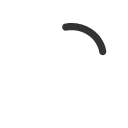我们日常讲的无痕胶、可移除胶,专业学名叫做可移除压敏胶,通俗也叫做可移除不干胶,可以方便的理解为可揭除的不干胶、可撕贴不残胶的压敏胶、可重复撕贴的压敏胶水。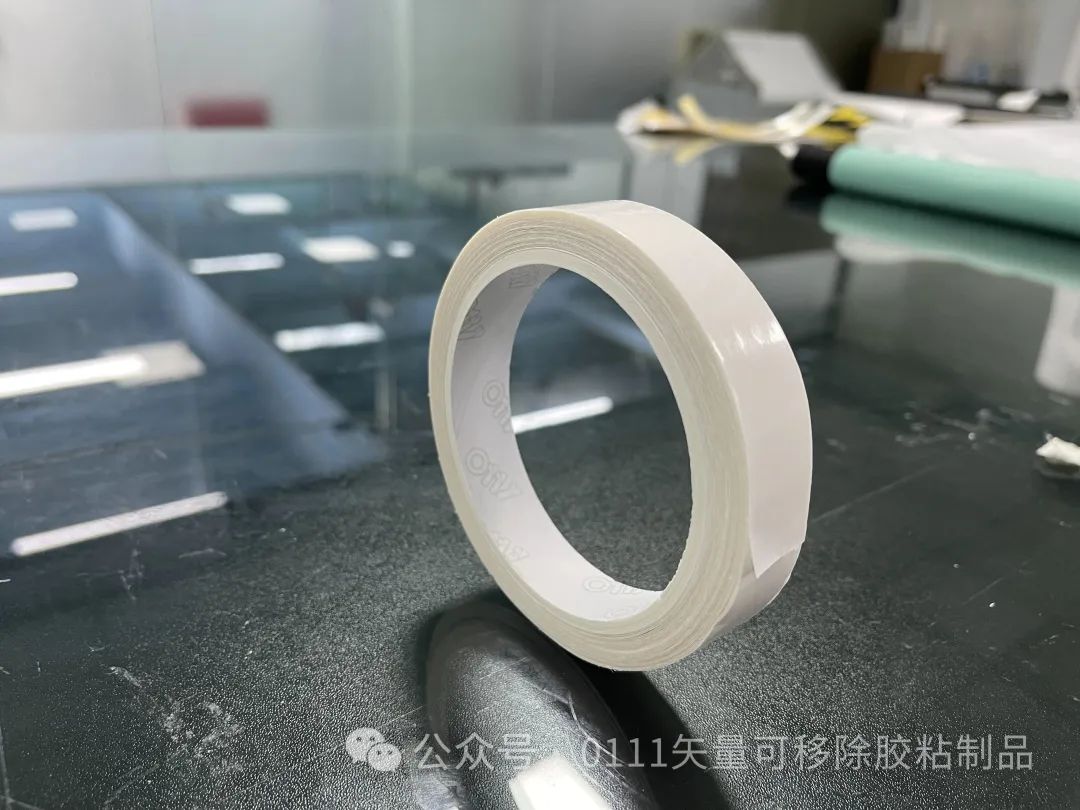
常用的可移除压敏胶系分为可移除水胶系、可移除油胶系、可移除热熔胶系。今天我们就来讲讲可移除水胶系。
什么是可移除水胶系?
可移除水胶系的学名叫做丙烯酸乳液,日常我们叫做水胶或者水性不干胶水。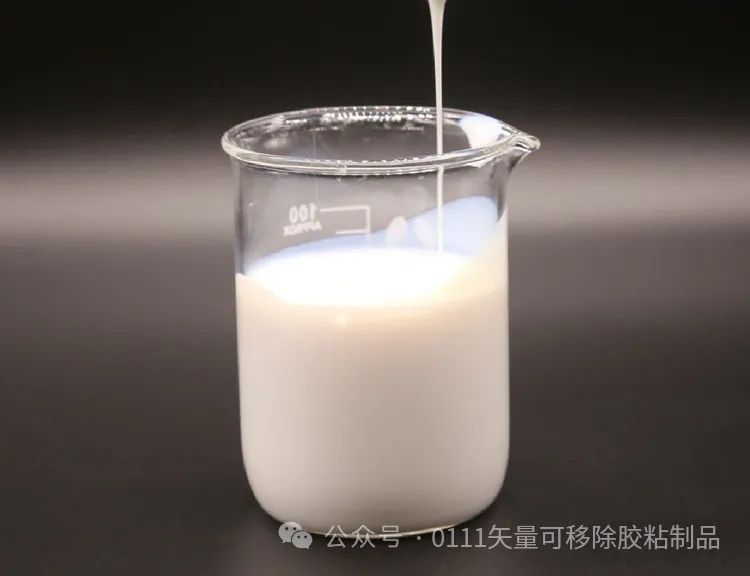
可移除水胶的优缺点
可移除水胶的最大优点,就是它非常的环保,与其他使用天那水做稀释剂的胶水对比,可移除水胶是水做稀释剂,因此它的气味也低,选择较好的原料可以做到无味。且相比其他的胶系来说,它的成本也是偏低的。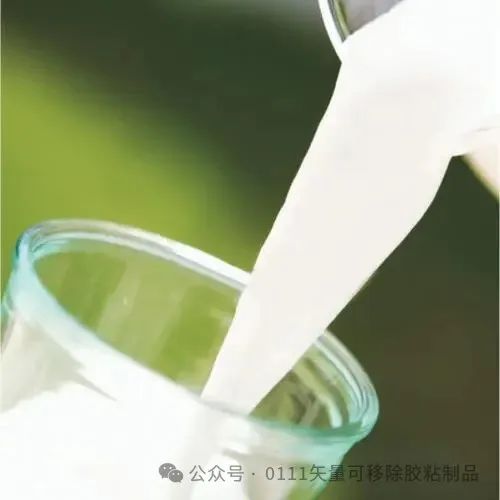
在所有的胶系中,可移除水胶的成本偏低,但它的缺点也明显。
- 可移除水胶的固含量一般为45%左右,胶体的内聚力差;
- 耐高低温性能和高低温兼容性差,手指揉搓胶面会有拉丝及反粘现象,低温环境胶面粘性明显变弱;
- 胶面对各种材质粘贴的可移除性能都不太好,个别材质(玻璃/烤漆/大理石)在特定的环境(常温环境)下有短时间(半个月左右)的可移除性;
- 生产车速慢,因为水的挥发速度慢所致
如何改善可移除性
由于可移除水胶的可移除时间短和限制较多,为了改变可移除性能,通常会采用加稀释剂或者增加固化剂的方法,具体原理如下。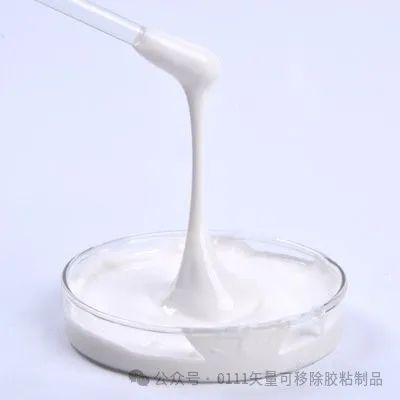
方法1:当设备精度不够或涂胶厚度不变的条件下,便可以通过加稀释剂来调整原胶体的固含量,使干胶厚度变薄,从而降低了胶的初粘力,来提升一定的可移除性能;
方法2:通过加大固化剂的添加量,来增加胶体的内聚力,从而也会大大减低了胶水的初粘力;
但需要提醒一下,由于水胶的树脂胶系特性原因,虽然通过以上的调整来实现了良好的可移除性,但同时持粘力及初粘力都会大幅度减低或像消失了一样。
想了解更多资讯的小伙伴,也可以扫码关注我们的抖音官方账号!
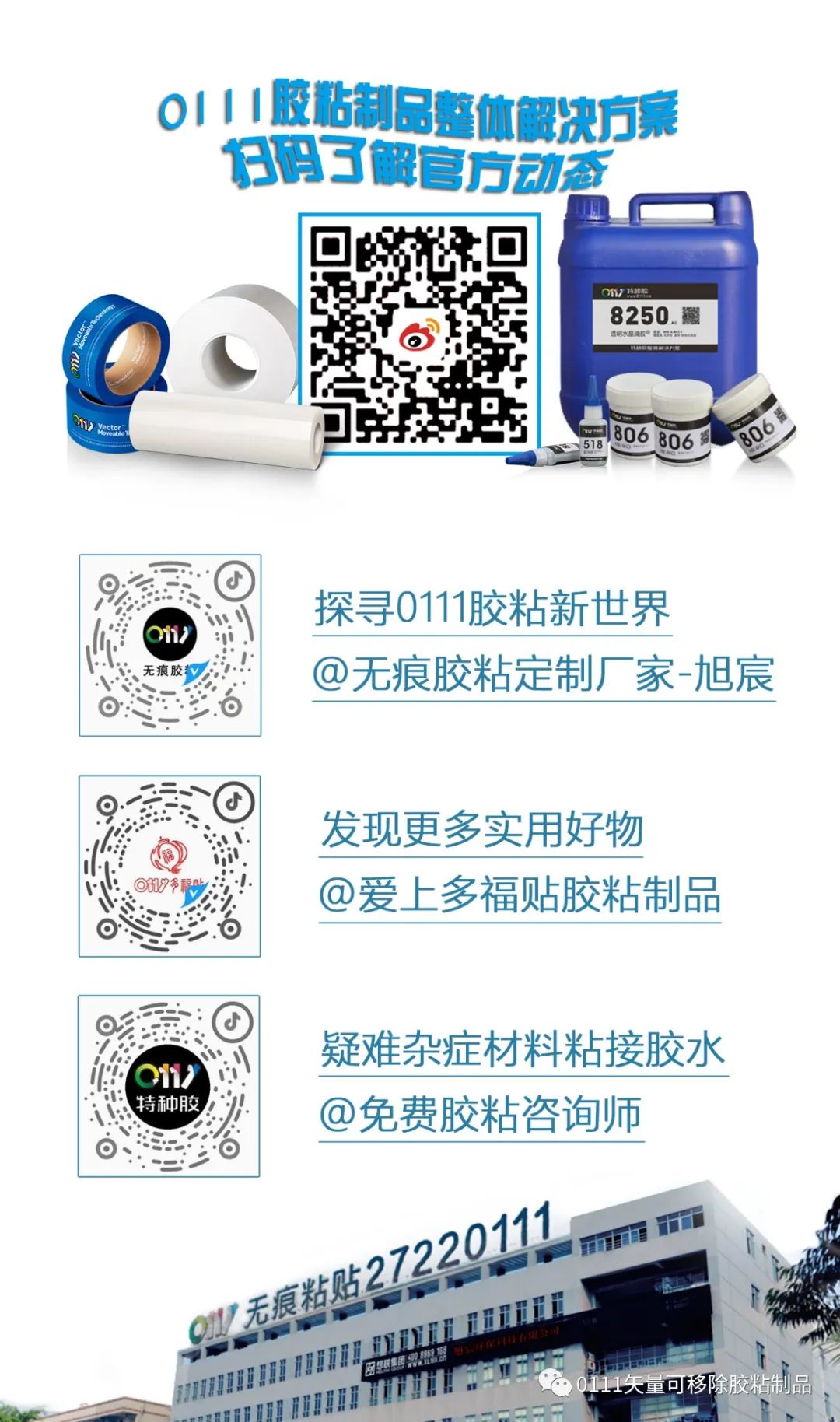
Useful tips | Pros and Cons of Removable Adhesives - You'll Understand After Reading This!
The terms invisible glue and removable adhesive are professionally known as removable pressure-sensitive adhesive or colloquially as removable non-drying adhesive. It can be easily understood as a pressure-sensitive adhesive that can be peeled off or a removable adhesive that does not leave residue and allows for repeated sticking.
Common types of removable pressure-sensitive adhesives include water-based adhesives, oil-based adhesives, and hot melt adhesives. Today, let's talk about water-based adhesives.
What is a water-based adhesive?
The scientific name for water-based adhesives is acrylic emulsion, commonly referred to as water-based glue or water-based adhesive.
Advantages and disadvantages of water-based adhesives
The biggest advantage of water-based adhesives is their environmental friendliness. Compared to other adhesives that use solvents, water-based adhesives use water as a diluent, resulting in low odor. With the use of good raw materials, water-based adhesives can be odorless. Additionally, water-based adhesives have relatively low production costs compared to other adhesive types.
However, water-based adhesives also have some noticeable disadvantages.
The solid content of water-based adhesives is generally around 45%, resulting in poor cohesion of the adhesive.
They also have poor resistance to high and low temperatures, as well as poor compatibility with different materials. The adhesive surface can become weak and exhibit stringing or stickiness when rubbed with fingers, especially in low-temperature environments.
Water-based adhesives also do not possess good removability on various materials, with only specific materials such as glass, baked paint, or marble being removable under certain conditions (at room temperature) for a short period of time (about two weeks).
Moreover, the slow evaporation speed of water makes the production speed slower compared to other adhesive types.
How to improve removability
To improve the removability of water-based adhesives, it is common to use diluents or increase the amount of curing agents. The specific principles are as follows:
Method 1: When the equipment precision is not sufficient or the adhesive thickness remains constant, the solid content of the original adhesive can be adjusted by adding diluents, resulting in a thinner dry adhesive thickness. This reduces the initial tackiness of the adhesive, thus improving removability to some extent.
Method 2: By increasing the amount of curing agents, the cohesion of the adhesive will be enhanced, thereby significantly reducing the initial tackiness of the adhesive.
However, it should be noted that due to the characteristics of water-based resins, although the above adjustments can achieve good removability, both the holding strength and initial tackiness of the adhesive will be greatly reduced or even disappear.




